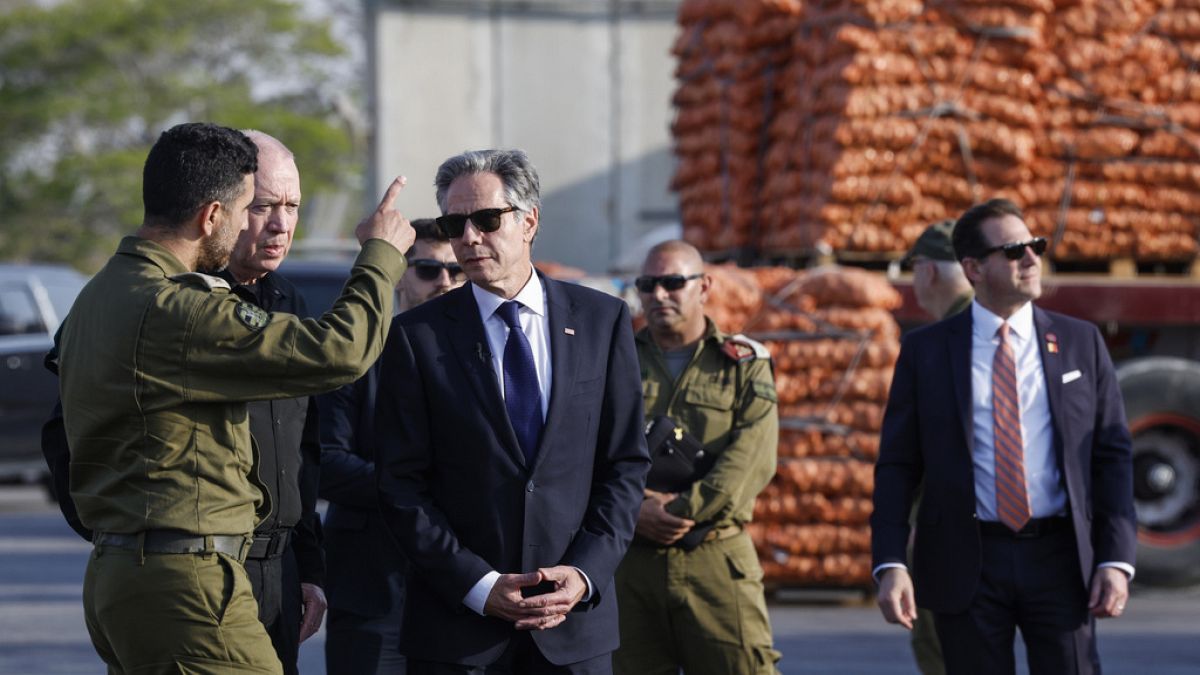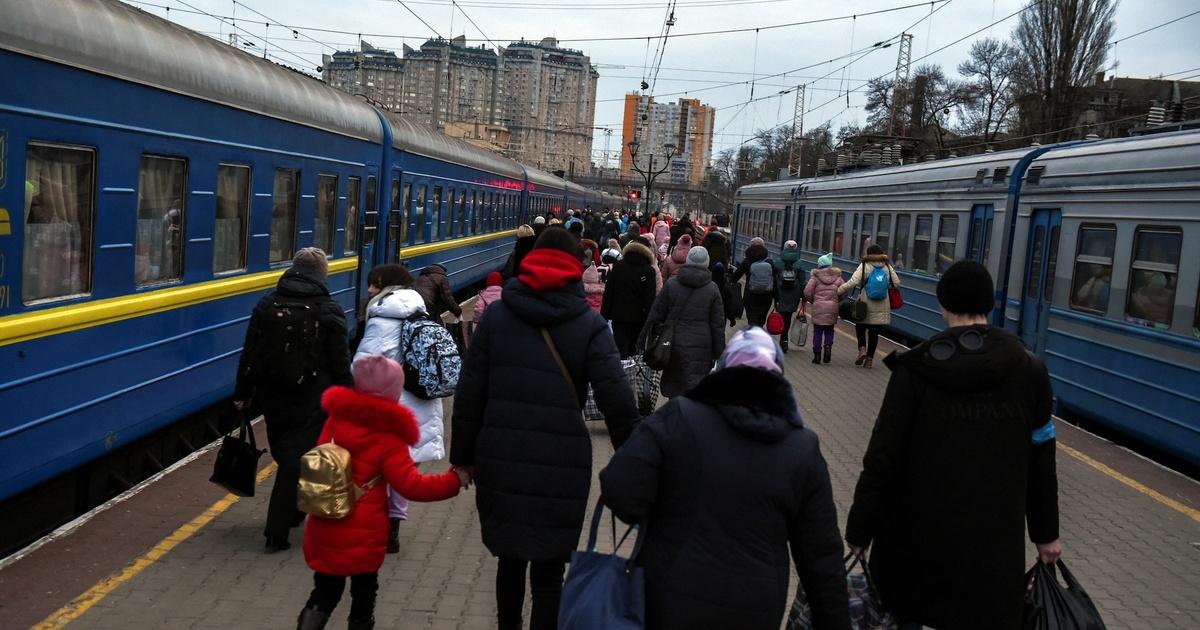Blinken and Gallant discuss transition to next phase of Gaza war

During their talks, Blinken stressed the need for a “robust” post-war plan.
Israeli Defense Minister Yoav Gallant is in Washington to discuss the transition to Phase C of the Gaza war with US Secretary of State Antony Blinken.
During his visit this week, Gallant is also expected to meet with his counterpart, US Secretary of Defense Lloyd Austin.
For Israel, Phase C includes low-intensity fighting in the Gaza Strip, targeted air strikes, the withdrawal of troops, the establishment of a buffer zone near the Gaza border, and the search for an alternative to Hamas rule in the enclave.
According to State Department spokesman Matthew Miller, Blinken emphasized the need for a “robust” post-war plan during their talks on Monday.
These comments came shortly after Israeli Prime Minister Benjamin Netanyahu said he was only willing to agree to a “partial” ceasefire that would not end the war.
Netanyahu’s comments did not deviate significantly from what he has previously said about his terms for a deal. But they come at a sensitive time as Israel and Hamas appear to be drifting further apart on the latest ceasefire proposal. They could represent another setback for mediators seeking to end the war.
At a briefing to reporters on Monday, Miller said Blinken wanted to discuss with Gallant “the importance of working on all these plans for the day after the conflict.”
“We have repeatedly stressed that a lasting defeat of Hamas requires a plan for its succession, that it must be replaced by a Palestinian-led government and that there must be realistic security plans.”
Also on Sunday, Netanyahu said he would accept only a partial ceasefire that would not end the eight-month war in Gaza, raising doubts about the viability of a US-backed ceasefire proposal.
Netanyahu said he was ready to make a partial deal to release some of the 120 hostages still held by Hamas in the Gaza Strip, but “we are determined to continue the war after a pause to achieve the goal of destroying Hamas.”
The three-stage plan for a ceasefire in Gaza calls for the release of the remaining hostages in exchange for hundreds of Palestinians held captive in Israel. Hamas insists it will not release the remaining hostages unless there is a permanent ceasefire and a complete withdrawal of Israeli forces from Gaza.
Italy’s Defense Minister Guido Crosetto criticized Netanyahu for his silence on a possible ceasefire and renewed his call for an end to the eight-month war in the Gaza Strip.
“I hope (Benjamin) Netanyahu understands what the international community has been trying to tell Israel for months for the good of Israel,” Crosetto said.
He reiterated that both the US and Italy are calling on him to stop, “with a view to the future well-being of Israel.”
The EU High Representative for Foreign Affairs and Security Policy, Josep Borrell, also warned that the war between Israel and Hezbollah could trigger a “serious crisis”.
In his speech to the Council of Foreign Ministers in Luxembourg, Borrell said it was now “clear that there is no ceasefire at all” and described the humanitarian situation as “catastrophic”.
He confirmed that there was political agreement among EU ministers to impose sanctions against Hamas and “violent Israeli settlers”.



